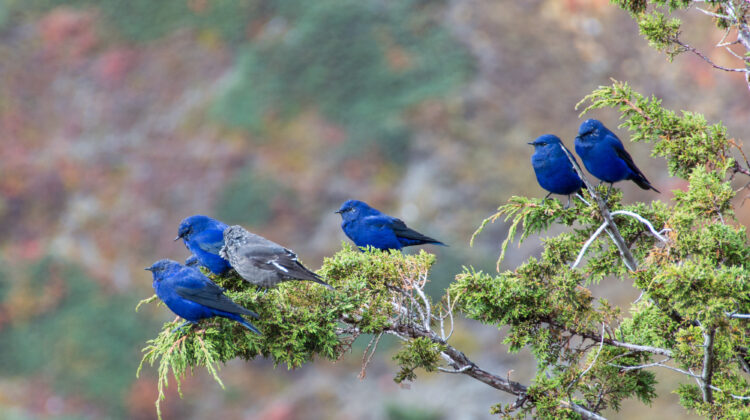
If you’re a bird enthusiast or just appreciate the beauty of nature, then you’ll be amazed by the Grandala. This incredible bird is a member of the thrush family, Turdidae, and is known for its stunning blue-gray plumage. In this article, we’ll take a closer look at the Grandala, its appearance, behavior, and distribution.
Description:
A Blue-Gray Beauty The Grandala is a medium-sized bird, with a body length of 20.5-23 cm and a weight of 38-52 g. The male Grandala has a blue-gray plumage, while the tail and wings are black. The female Grandala, on the other hand, has a brownish plumage with white stripes, a gray-blue rump, and white tips and underside of the wing feathers. The young Grandala has a similar appearance to the female, but lacks the bluish tint on the rump and upper tail integuments. The bird is known to make the sounds “dew-ee” and “dewee.”
Behavior:
Social and Insectivorous The Grandala is a social bird, often found in small flocks. They are primarily arboreal insectivores, but also feed on fruits and berries. Their social nature allows them to share information about food sources and help protect each other from predators.
Distribution:
Found in the Northeastern Indian Subcontinent The Grandala is found in the low-to-mid altitudes of the Himalayas, ranging across the northeastern Indian Subcontinent and some adjoining regions. It is primarily found in Bhutan, India, Myanmar, and Nepal, as well as Tibet and other areas of China. In India, the Grandala is found in the Himalayas from Kashmir (Kishenganga and Liddar valleys), Himachal Pradesh, Uttarakhand through Nepal, Sikkim, and east to Arunachal Pradesh. Despite being a common bird in the region, no scientific studies have been conducted on the Grandala.
The Grandala is a fascinating bird that is not only beautiful but also social and helpful to its flock. Their unique plumage and social behavior make them a remarkable addition to the avian world. Although scientific studies are yet to be conducted on the Grandala, bird enthusiasts can enjoy spotting them in their natural habitat while exploring the breathtaking beauty of the Himalayas.
Gallery
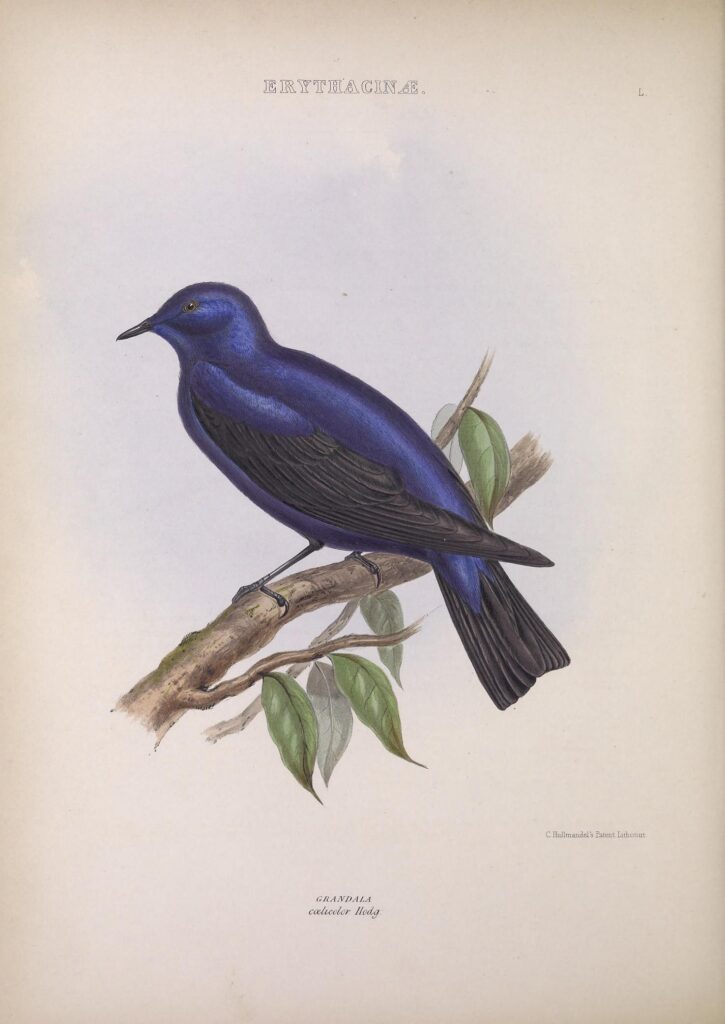
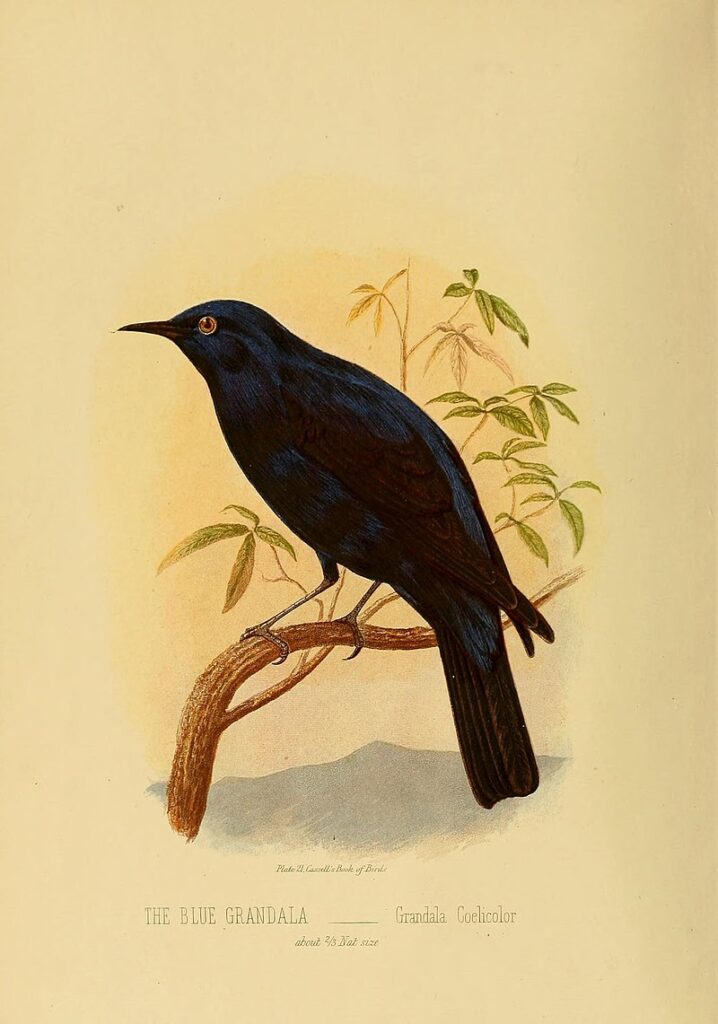
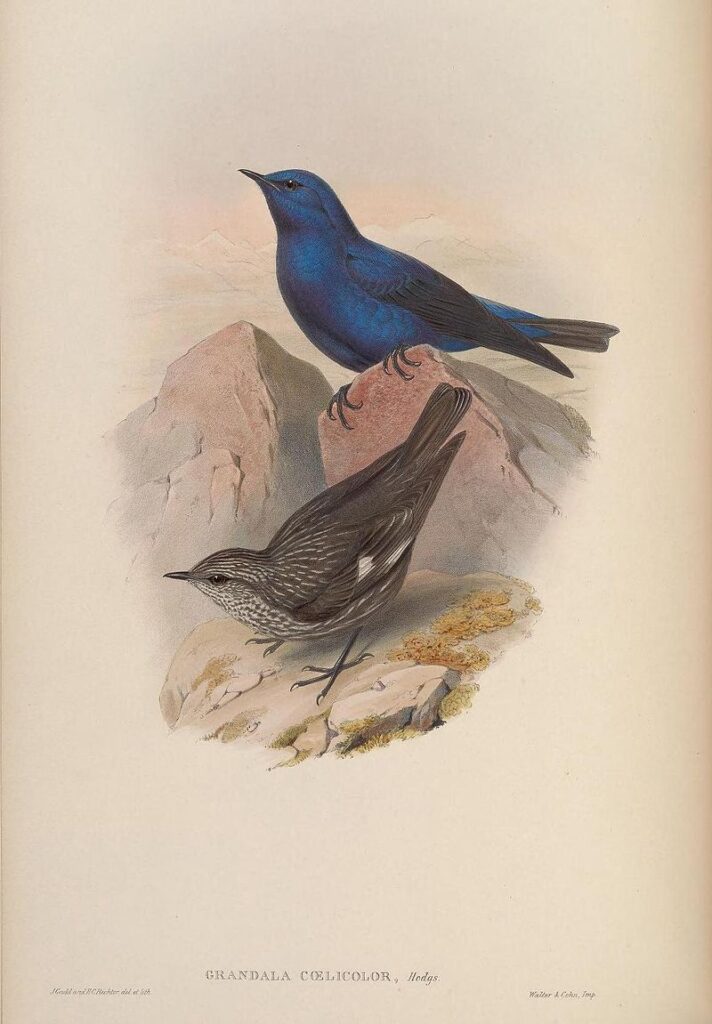
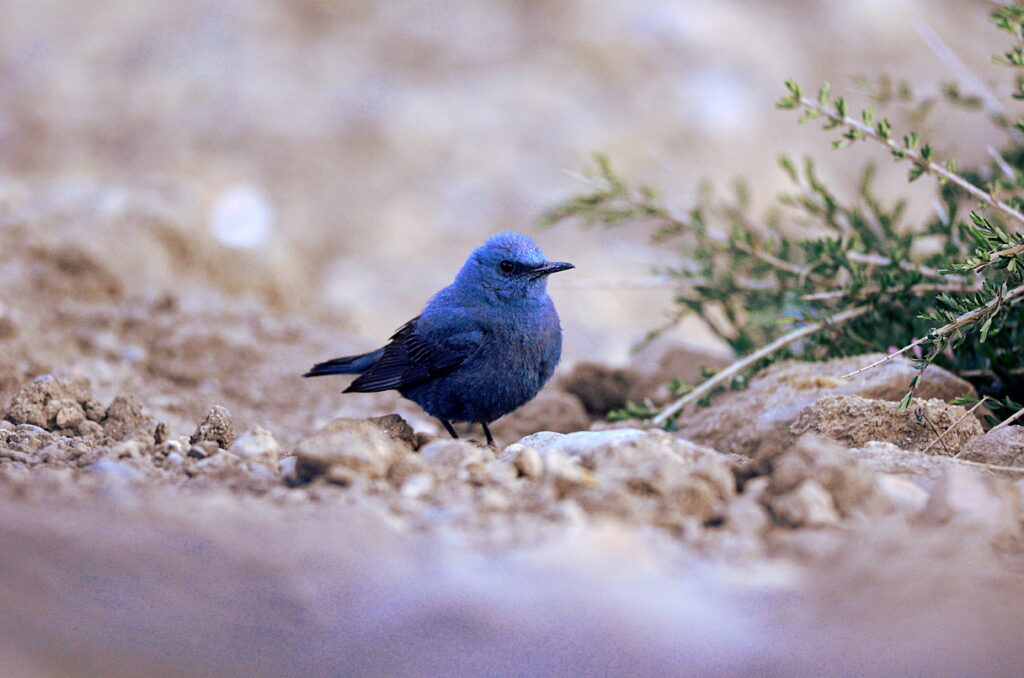
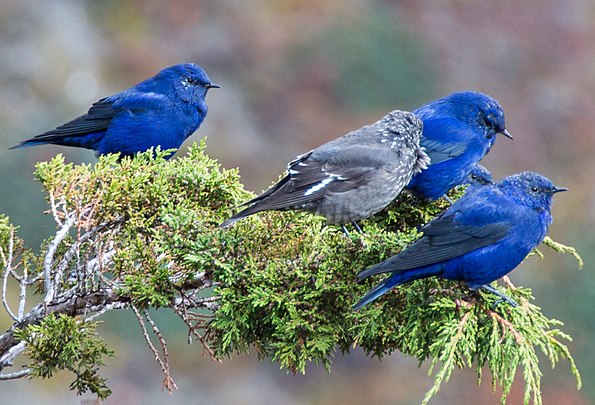

Leave a Reply